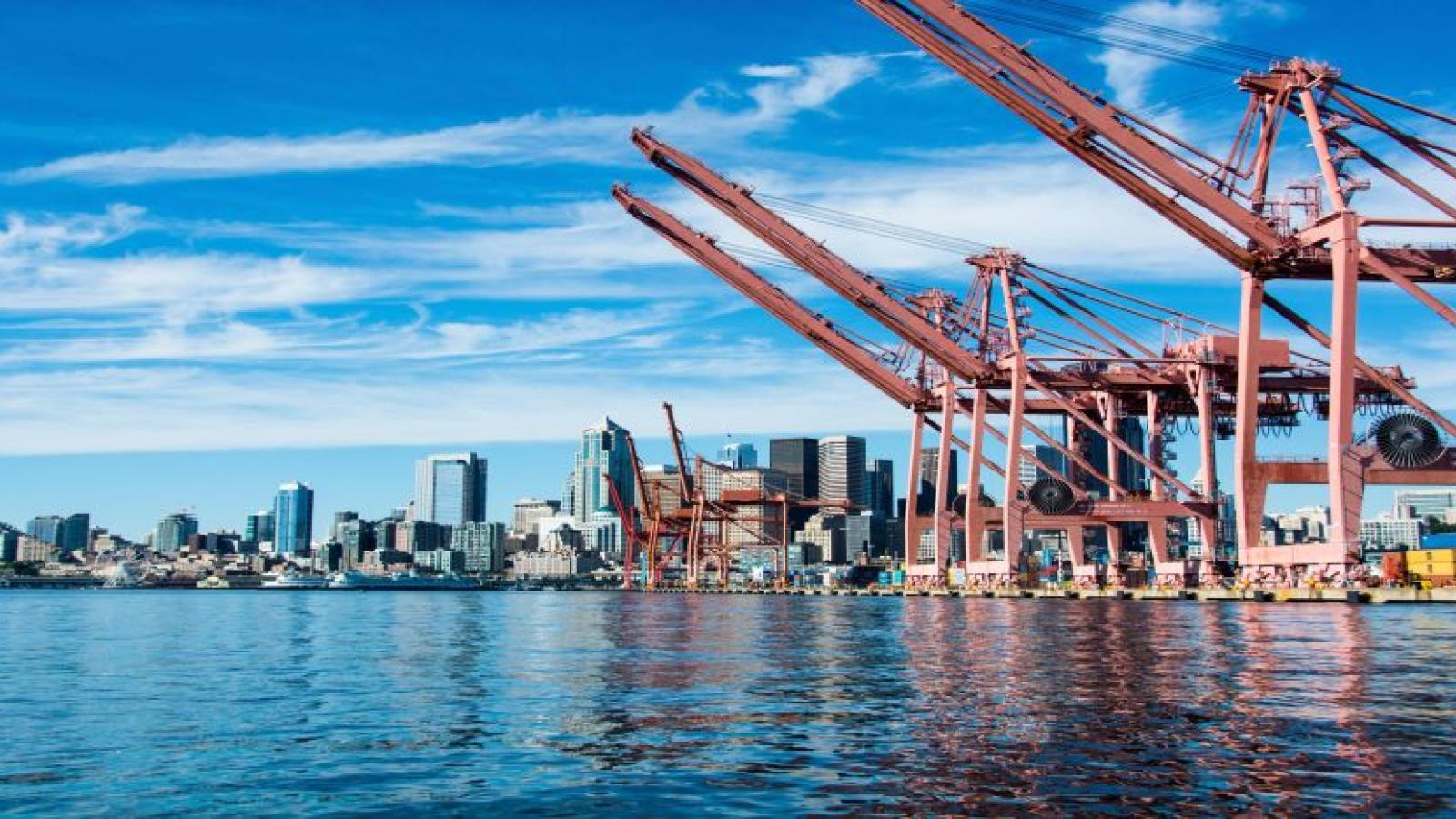国际航空货运市场在疫情还未结束的高需求、高运价、高货量直接催生远洋船只和全货机订单的快速增长,随着航空公司重新启动客运航班,以及货运运营商在亚洲、美国和欧洲主要市场之间推出新服务,航空货运能力继续大量投入运营。

除了具有大量腹舱货运能力的长途客机重新投入使用以吸引不断增长的旅游业务外,几家航空公司,包括马士基,CMA CGM和地中海航运公司的航空货运部门都在增加货机到主要贸易航线。
马士基航空货运为应对不断增长的客户需求,推出了丹麦比隆-中国杭州之间的定期服务。该航空公司的内部航线将使用最近改装的波音767-300货机,每周执飞三班航班,并专注于斯堪的纳维亚半岛、北欧和亚太地区之间的高价值和时效性货物。定期航班和控制运力的航空货运是客户端到端物流需求的重要组成部分。
CMA CGM航空货运在本季度将其连接欧洲、亚洲和美国的航空货运业务增加到每周15个定期航班。
而MSC在今年早些时候接收了四架波音777-200货机中的第一架后,开始了其环球服务,并将其业务重点扩展到中国以外的地区,除厦门外,还提供连接墨西哥城、印第安纳波利斯和首尔的服务。
在当前需求疲软的环境下,由于集装箱运输空间充足,成本非常低,亚洲进口产品几乎没有紧迫性。国际航协理事长威利·沃尔什先生(Willie Walsh)表示, 1月份货运需求下降14.9%,运力增长3.9%,2023年面临具挑战性的商业环境,持续的不确定性,但仍可对航空货运抱持谨慎乐观的预期。
波罗的海航空指数(BAI)显示,跨太平洋运费为每公斤4.79美元,同比下降30%,但比2019年3月的记录高出近40%。中欧价格为3.71美元/公斤,较去年下降17%,但较2019年3月上涨30%;跨大西洋西行价格为3.60美元/公斤,同比下降25%,但较2019年上涨30%。
需求减弱以及美国和欧洲海运费率急剧下降以及库存水平高企,额外的空间正在冲击市场。航空货运分析机构World ACD写道,3月份全球航空货运能力同比增长15%,所有地区的增长率都达到了两位数。尽管燃油附加费上涨带来了影响,但这还是将费率从2021年底和2022年初的创纪录水平拉了下来。但价格仍远高于2019年大流行前的水平。
夏季时间表增加容量
为服务于快速增长的旅游市场而扩大的乘客连接是巨大的。大多数国际航空公司都宣布在国际航空运输协会(IATA)夏季时间表(3月的最后一周开始)之前增加长途客运航班。
这些客运服务中使用的双通道长途飞机每架都有大约20吨的甲板下腹舱载货能力,枢纽到枢纽的连接非常适合高收益行业,如电子商务、制药和其他时间敏感产品。
货代网